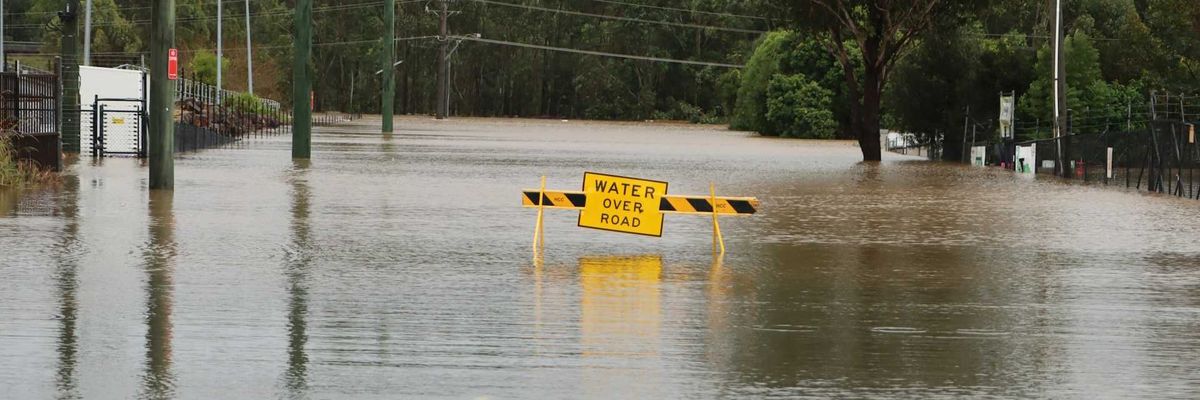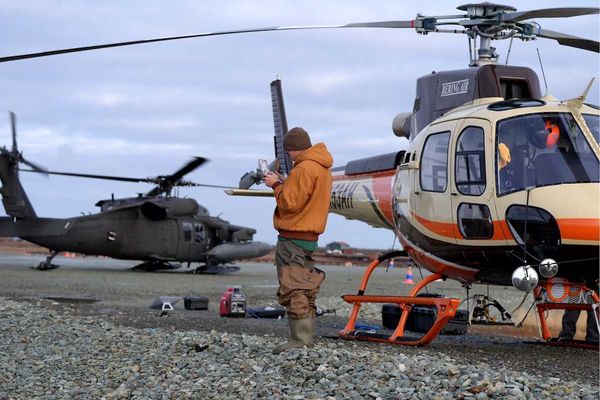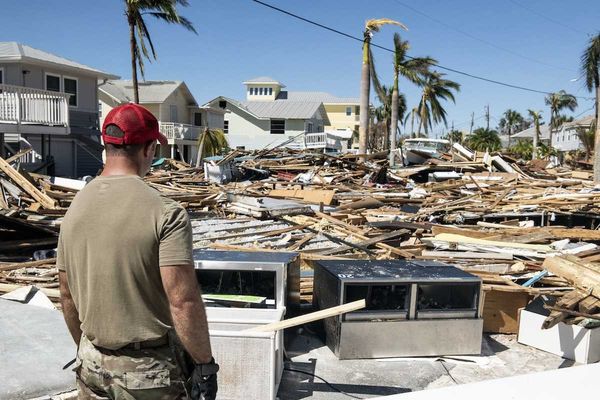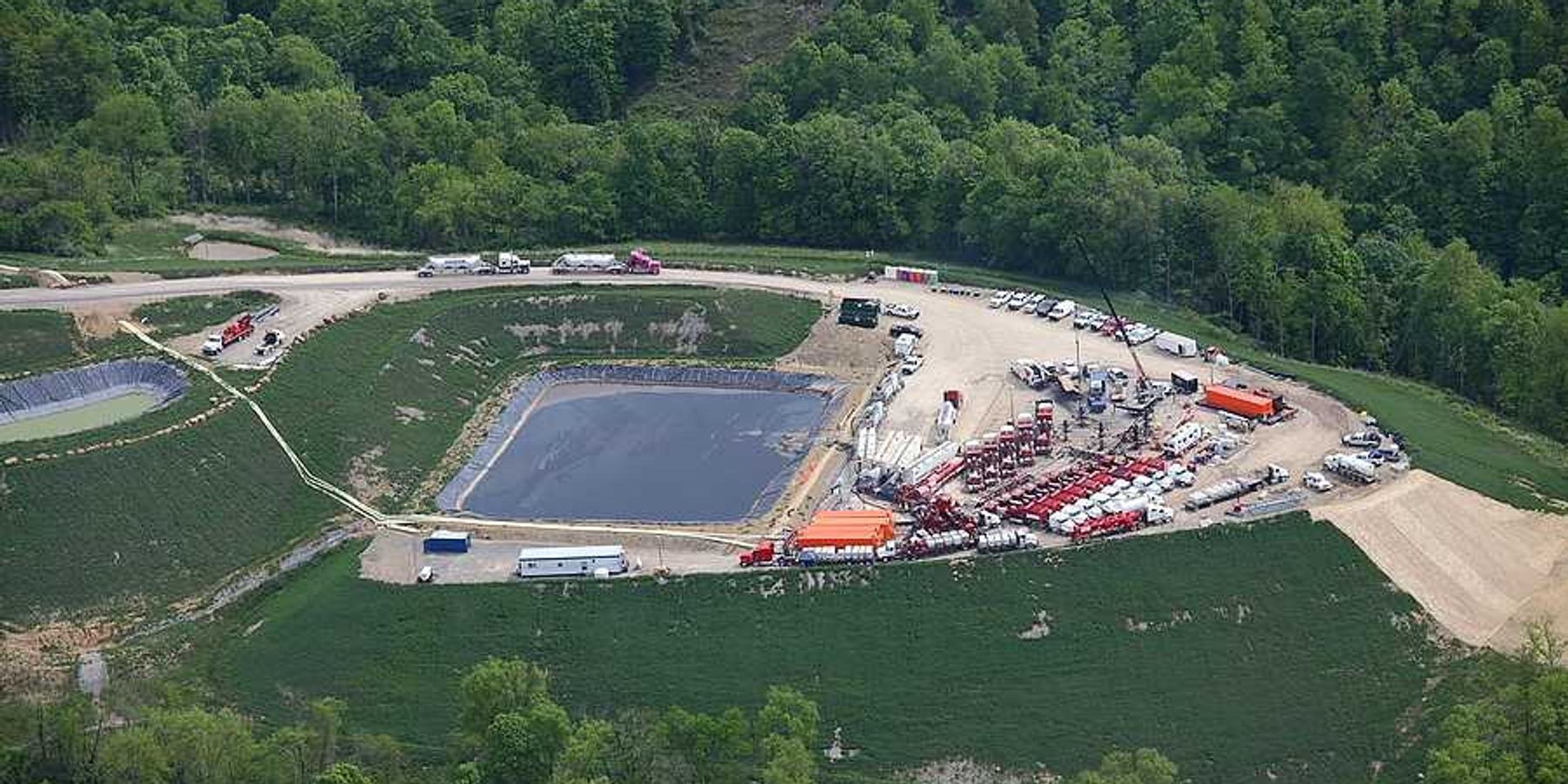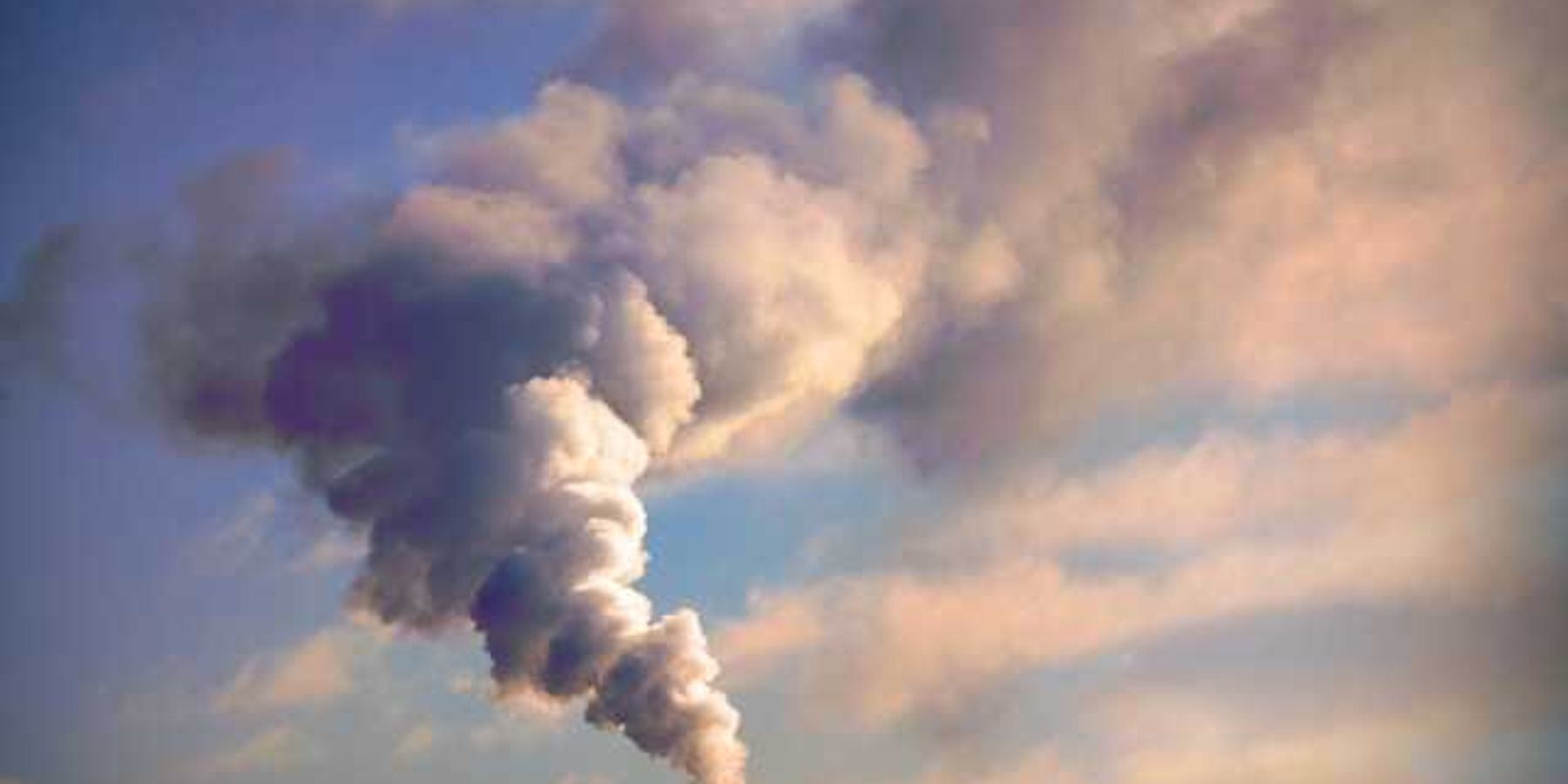mental health
Credit: https://www.flickr.com/photos/akdotpf/ Creative Commons: https://creativecommons.org/licenses/by/4.0/
An Alaskan village confronts its changing climate: Rebuild or relocate?
After a devastating storm, the people who fled a remote coastal village face an existential question.
Credit: Vitalii Khodzinskyi/Unsplash
‘It fully changed my life!’ How young rewilders transformed a farm – and began a movement
At Maple Farm, nature is returning in droves: nightingales, grass snakes, slowworms, bats and insects. All due to the vision of a group determined to accelerate its recovery.
Credit: Photo by David Sterphone)/Florida National Guard https://www.flickr.com/photos/thenationalguard/ Creative Commons https://creativecommons.org/licenses/by/2.0/
The hidden devastation of hurricanes
Their health effects extend far beyond official death tolls.
Credit: Vince Fleming/Unsplash
The last frontier of empathy: why we still struggle to see ourselves as animals
Champions of exceptionalism say humans hold a unique moral status. Yet there’s only one species recklessly destroying the planet it needs to survive.
Credit: Robin Edqvist/Unsplash
Is ‘imagination activism’ the antidote to climate doom we’ve been looking for?
A new exhibition in Rio de Janeiro, Brazil, asks, what if the most radical climate tool isn't technology, but the ability to dream?
Top Story
Credit: National Institute of Allergy and Infectious Diseases/Unsplash
How climate change is making us sick
The recent discovery of mosquitoes in Iceland is just one way in which the climate crisis is creating health hazards. A new scientific report says these risks are unprecedented.
Newsletter
Victims of Valencia floods grapple with mental toll as rain returns
The sound of rain still triggers panic in Jose Manuel Gonzalez, a year after he spent six hours clinging to a traffic light as floods in the Valencia region of Spain swept away everything in their path, killing more than 220 people including his brother.
ORIGINAL REPORTING
MOST POPULAR
CLIMATE



